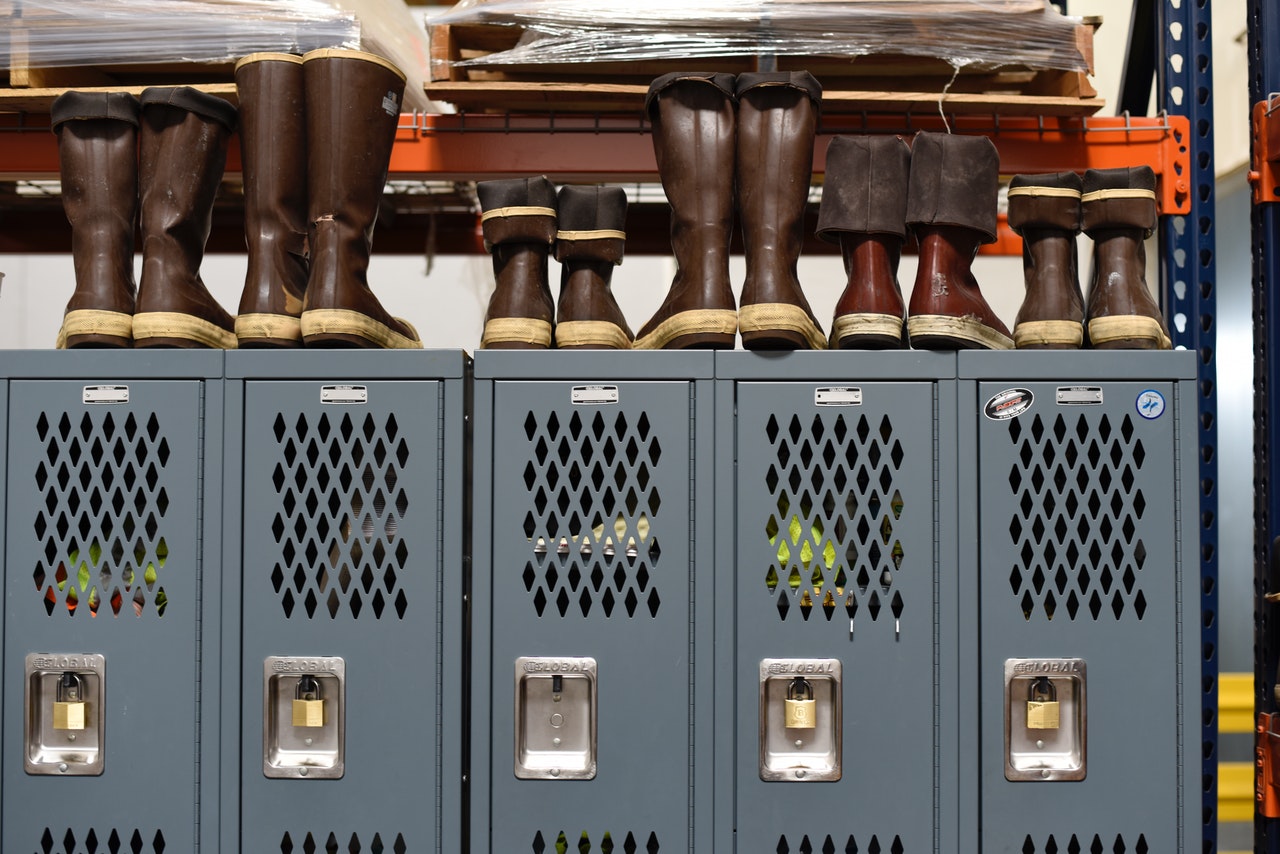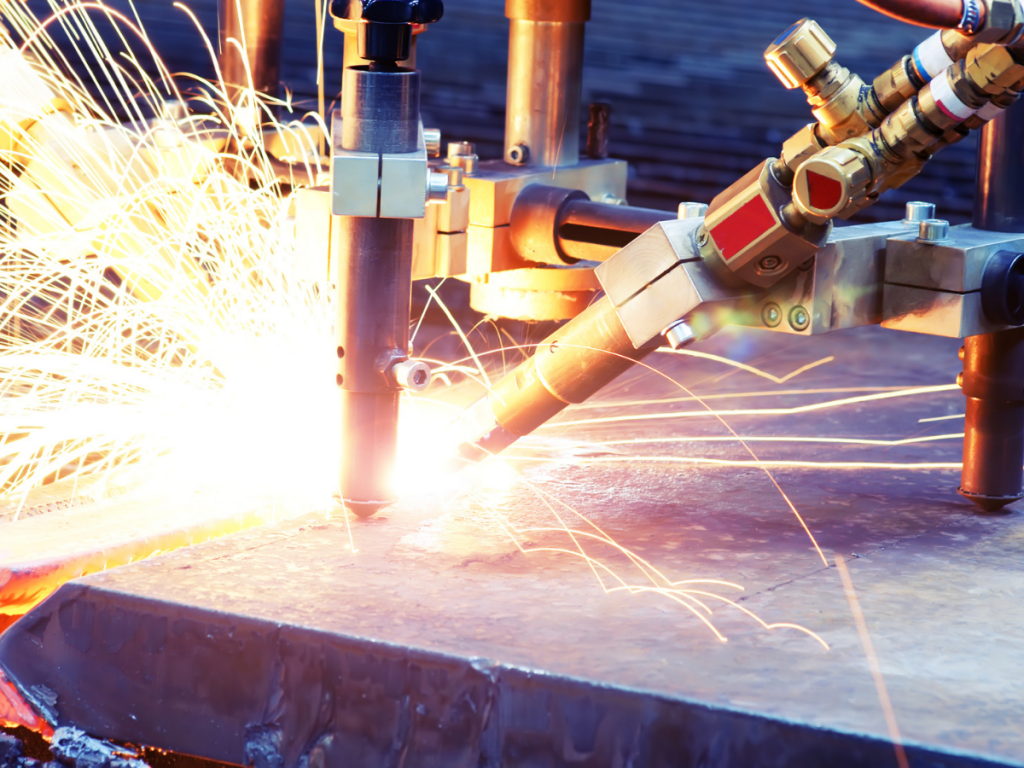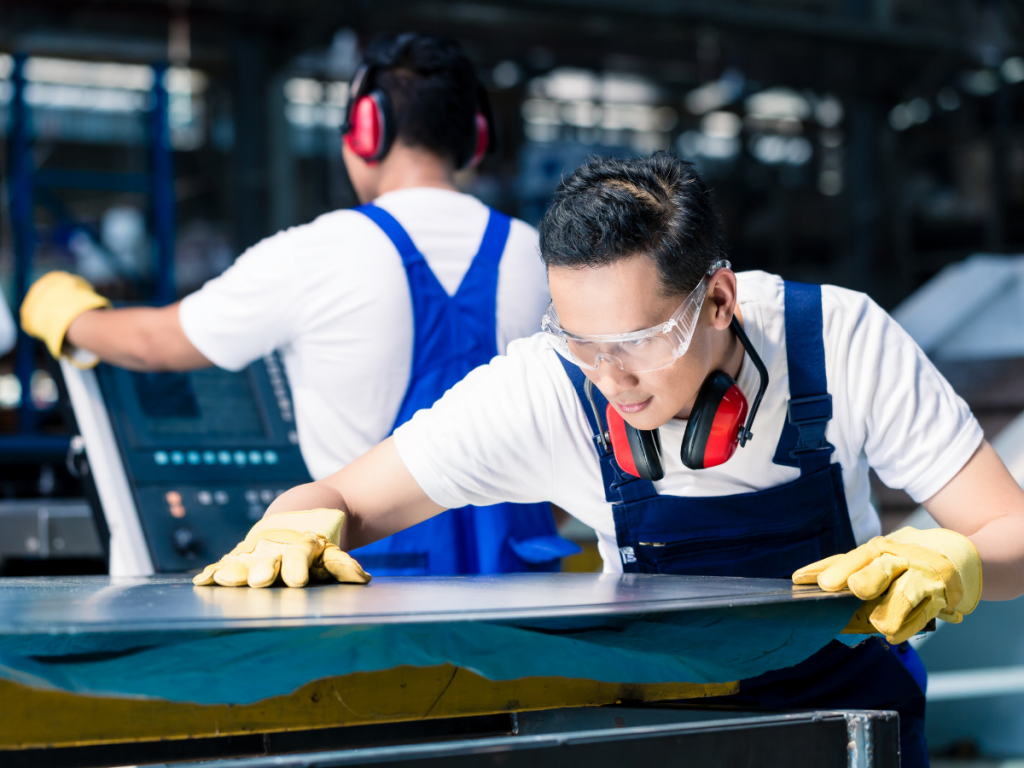Choosing the Best Material for Sheetmetal Fabrication
Whether it be fences, brackets, display stands, toolboxes, service bodies, automotive or truck parts, cabinets, or outdoor furniture, one of the most important decisions that needs to be made when designing your sheetmetal products is which type of metal to use.
Different metals have different compositions. This means that each type of metal has different characteristics. Some metals are more lightweight, but less corrosion resistant, such as aluminium. Others, such as steel, are heavier, but are more resistant to the elements.
Most people know about the differences between aluminium and steel. However, many are unaware of the differences between various types of steel, and which one is best suited to their sheetmetal project.
Two of the most popular types of steel are stainless steel and mild steel. If you are choosing between them, there are some important characteristics you need to know about, so you can make an informed decision.
What is Stainless Steel?
One of the primary properties of stainless steel is that it has a high level of corrosion resistance, making it an ideal choice for long term durability, particularly when the metal is exposed to various elements such as moisture, humidity, and heat.
While it comes in varying grades and types of finishes, stainless steel must contain at least 11.5% chromium. This is included via the integration of a passive chromium oxide film. This film allows stainless steel to resist corrosion, staining, and other degradation, while also increasing its high impact strength.
The inclusion of chromium also means that stainless steel does not have to undergo treatment processes. Stainless steel products can be made quickly and be used in various environments and conditions over long periods of time.
One of the down sides of stainless steel is that due to its structural density, it can be more challenging and costly to manipulate and fabricate.
What is Mild Steel?
Though many people have never heard the term ‘mild steel’, this type of material is actually very common, both in industry and domestic household use. People often have cabinets, shelves, letter boxes and outdoor furniture made from mild steel around their home.
Commonly referred to as ‘carbon steel’, mild steel is comprised of 2% carbon, and does not contain any other alloying elements. Because of its composition, it can easily and inexpensively be manipulated and fabricated into various designs, products, or parts. While it can easily be fabricated, once the fabrication process is complete, mild steel remains strong while in use. Mild steel is also magnetic, which means that it can be used for electrical applications, such as electric enclosures.
One of the drawbacks of mild steel is that it has lower corrosion resistance than stainless steel. To prevent corrosion, mild steel has to be treated with protective elements, most commonly through techniques such as powder coating. This adds to the cost of fabricating mild steel products, as there are more steps and materials involved to prevent it from rusting.
Which Steel Is Best For Your Project?
Both types of steel have their advantages and disadvantages. This means that they are suitable to different types of applications. For example, mild steel is more suited to products or parts which will be used in environments with less chance of corrosion, and for shorter periods of time. On the other hand, stainless steel is better suited to products used in high corrosion environments, where durability and impact resistance is more important.
At E&A Probend, we have all of the equipment, expertise and experience to laser cut, fold, weld, and powdercoat different types of steel, whatever your purpose is.
If you would like to know more about which type of sheetmetal is suited to your project, get in touch with us any time via phone or email, and we can talk you through the best sheetmetal for you.



